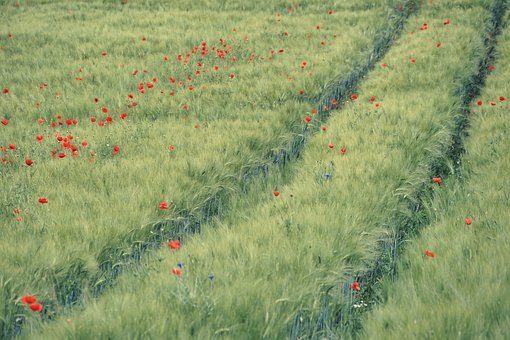The problem of modern people is that they have the mentality of “The grass is always greener on the other side of the fence”. Being discontented, in order to fill up their inner hollowness, they tend to slave away to earn money, then shopping up a storm. Just like some people going fishing, it’s not the fish they desire, rather, they’re satisfied with the process of fishing. Similarly, many people are not after money, they are obsessed with the lust of seeing increasing numbers in their bank account, thus even having possessed several properties and cars, they still continue to seek wealth.
~Depicted from LUMINOUS WISDOM BOOK SERIES










